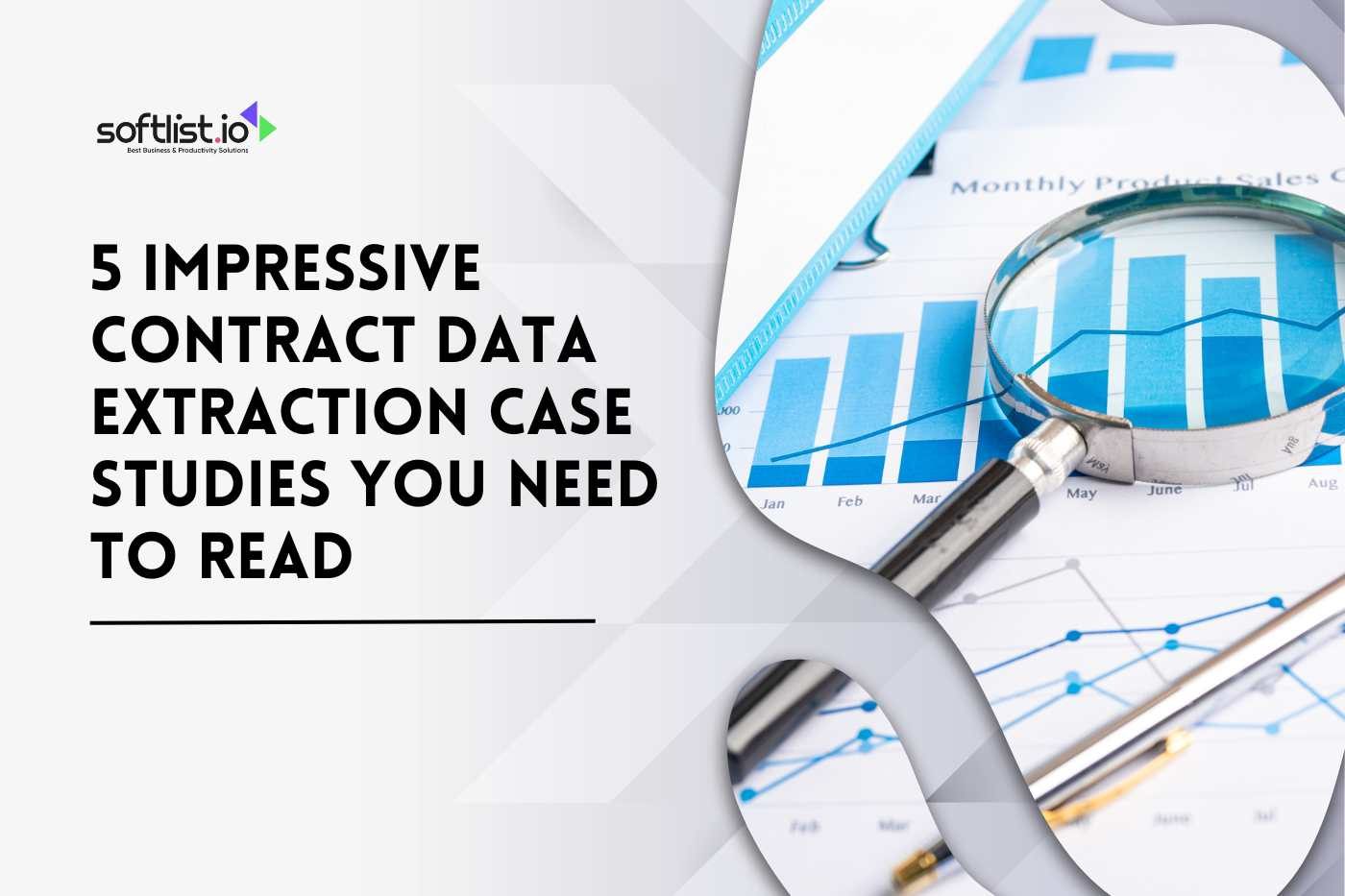Choosing the right business software is a critical decision that will significantly influence your organization’s efficiency and success. The right software will ultimately get your operations streamlined, enhance productivity, and support growth. With numerous choices available today, it’s easy to fall into traps that can lead to costly mistakes.
These include the selection of a system unsuitable for business needs and failure to take into consideration important elements of a system, including scalability and security.
These mistakes can lead to operational bottlenecks and inefficiencies. Being aware of these common pitfalls will put you in a better position for a decision that meets the long-term objectives of your organization.
Understanding Different Types of Business Software

Source: Canva Pro
It all starts with understanding the types of business software and how they fit within your business model. Common categories include ERP systems, CRM platforms, project management tools, and accounting software. While each would serve a unique purpose, all need to align with your company’s operations needs.
For example, an ERP system will integrate business software functions such as finance, HR, and supply chain management; it also offers broad visibility. A CRM, on the other hand, will be focused on the management of customer interactions and sales. Knowing precisely what each solution can offer allows you to know which will best fit your business needs.
Besides, industry-specific business software is often tailor-made for special needs. For instance, industries like healthcare, legal, and construction have special functionalities such as patient management or tracking of project costs.
The awareness of specialized solutions will enable businesses to avoid retrofitting general-purpose software, probably ill-suited for their unique needs.
1. Failing to Identify Your Needs
Perhaps the most frequent mistake companies make in the software selection process is failing to specifically determine their needs before selecting software. In such cases, the ability to customize software is crucial.
It is critically important that you map out your business processes and identify the pain points the software is supposed to solve. If you don’t know what you’re looking for, you may end up with a solution that doesn’t address your core issues or, worse, adds unnecessary complexity.
In addition, make sure to test how well the software fits into your overall system. Failing to do so may cause incompatibility issues or data conditions that leave your business at many security risks, such as unsecured websites, which can expose sensitive data to cyber threats.
Besides, every new market that a business software enters or any new department that comes up means bound-to-change needs. Such a customizable platform will easily adapt to changes without incurring extra costs of adding new software.
Additionally, custom integrations with other tools like email marketing platforms, analytics tools, or e-commerce systems will further streamline processes. Lack of flexibility will tie businesses to limitations in the current software, which may lead to inefficiency and operational bottlenecks.
2. Ignoring Scalability
Another critical mistake is ignoring the future growth of your business. Many companies choose software based on their immediate needs without considering how those needs might evolve in the near future.
As your business grows, your operations will become more complex, and you’ll need a business software that can scale accordingly.
Finally, ensure that the company has a sound business software model that has enabled it to sustain over the past years in the market.
When a provider folds up or even just discontinues supporting their product, an organization is left with limited options apart from madly scrambling to migrate as soon as possible and at great cost to another system. Research the age, financial stability, and market position of the vendor prior to signing up.
For example, perhaps your software cannot support more volume or a growing number of users. Instead of supporting growth, it may actually impede growth. Always go for a solution that will grow with your business.
Scalability helps ensure the ongoing efficiency and cost-effectiveness of the software, with no need to change systems very often.
3. Not Prioritizing User Experience
While a feature-rich platform is great, it can be frustrating for your team if it’s not user-friendly. Complex, clunky interfaces have caused many organizations to have lower adoption rates and have been forced to waste more time training and troubleshooting.
Most of the time, employees are less likely to use software when it is hard to work with; hence, productivity at all levels goes down. Involve the end-users for feedback and trials. Their experience and suggestions will definitely help you understand how effectively software can be used in day-to-day life.
This brings us to the debate between cloud-based software and on-premise solutions. Cloud software brings with it a number of advantages: it is highly scalable, all initial investments are much lower, and it is accessible from everywhere.
This is very important for small and medium-sized businesses, which might not have well-developed IT infrastructure. On the other hand, on-premise may still be preferred by those businesses where special attention to data security is required; in that way, full control will remain over data and infrastructure.
4. Overlooking Security Features
Security plays a crucial role. If a business chooses software with weak security features, it will leave a company with more vulnerability to cyber threats, data breaches, and compliance issues.
Ensure that the provider protects sensitive information using strong encryption, updates over time, and multi-factor authentication.
Many companies underestimate the risks of using unprotected systems and insecure websites, leaving them vulnerable to hackers. If security is considered right from the very start, internal data and customer information will be well-protected, building trust and credibility.
5. Focusing Solely on Price
Another consideration that is overlooked in most software selections is the total cost of ownership (TCO). Besides the initial purchase price or subscription fee, there are hidden costs, which can be very unappealing for your wallet.
It includes things like maintenance fees, training costs, integration expenses, and upgrading hardware costs if needed. In the case of cloud-based services, as the business grows over time, the costs related to data storage can grow with it, adding to the overall long-term cost.
Going with the low price could save you cash in the near term but may cost more in the longer term if the software lacks essential functionality or is not scalable. On the other hand, buying an expensive solution with more features than you need can over-stretch your budget without guaranteeing any value.
Besides, one cannot duly estimate the financial effect if the total cost of ownership for several years is weighed against the benefits to be brought in by the software, either in productivity gains, improved efficiency, or cost savings. This helps ensure one makes a financially sound decision while considering long-term goals.
6. Skipping the Trial Phase
In today’s business environment, adherence to data protection laws such as GDPR – General Data Protection Regulation in Europe or HIPAA – Health Insurance Portability and Accountability Act in the United States is critically important.
The biggest mistakes are made by those businesses that initially choose some software without thinking about whether it corresponds to these regulations and later face severe fines and damage to their reputation.
Make sure to choose a solution that not only meets your operational needs but also adheres to relevant industry standards and legal requirements.
Going live before the software has been thoroughly tested may turn out to be a very costly mistake. A trial period will let you know if the software fits your business processes and allows you to realize flaws in advance.
At this trial stage, pay attention to the following aspects: ease of use, integration, and responsiveness of customer support. A full-scale trial can help you avoid really expensive mistakes later on and know that you are making a fully informed decision.
Additionally, regularly auditing software compliance is essential to maintain adherence as regulations evolve.
Other Aspects to Consider

Source: Vecteezy.com
Integration of Data Analytics into Decision Making
Data analytics tools are among the fastest-growing trends in business software. A good BI platform will help extract very valuable insights from your operations by giving you the ability to make decisions based on raw data.
Whether tracking customer behavior, undertaking sales forecasting, or looking to optimize the supply chain, the right analytics tool can take raw data and turn it into insight.
Utilize software that provides integrated analytics or easily integrates with third-party BI tools to extract real-time data necessary for monitoring performance and making better decisions; these decisions should be aligned with business goals.
The Role of Artificial Intelligence (AI) and Automation
Emerging trends in technological growth make the most modern business software increasingly dependent on artificial intelligence (AI) and automation.
Artificial Intelligence-driven applications power customer service with chatbots, do repetitive tasks such as data entry and even predict future trends based on historical patterns.
Such automation simplifies workflows, making human errors highly unlikely while freeing employees to perform higher value-added activities. When evaluating the software, also consider those solutions that now introduce AI and automation features to future-proof your business and drive efficiency gains.
Long-Term Maintenance and Support
No firm can afford to overlook the long-term maintenance of software. Periodic updating, bug fixing, and patching against vulnerabilities ensure the efficiency and security of software.
Most organizations do not invest resources in maintenance that the software continuously requires; the end result is degraded-performance with time. Make sure your chosen vendor offers comprehensive maintenance plans, or consider hiring internal or external IT support to handle these tasks for you.
The objective is proactive maintenance that prevents unexpected downtime so your business software will keep pace with changing business needs.
Best Management Software
| 3.5 | 3.5 | 3.5 |
Final Thoughts
Choosing the appropriate business software requires proper planning and careful attention to detail. But if you avoid these common mistakes, you’ll make certain a solution will support the growth and success of your business.
Keep in mind that taking a thoughtful approach now will save you from numerous unnecessary challenges later, ensuring your business software operates more efficiently and more securely.








